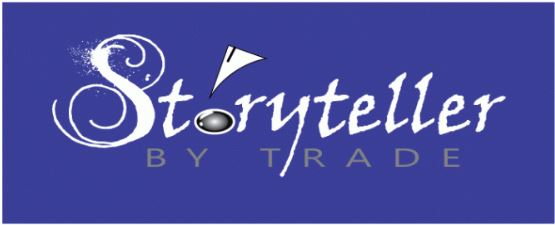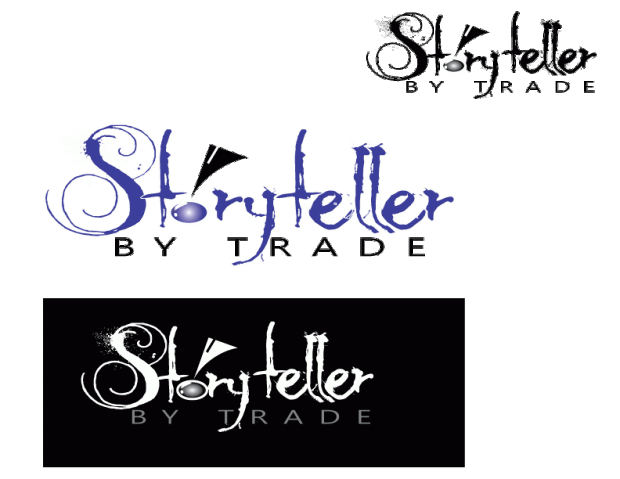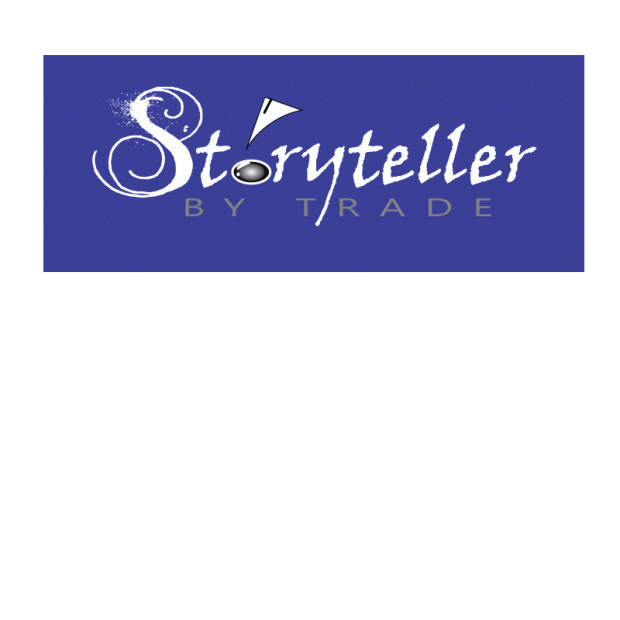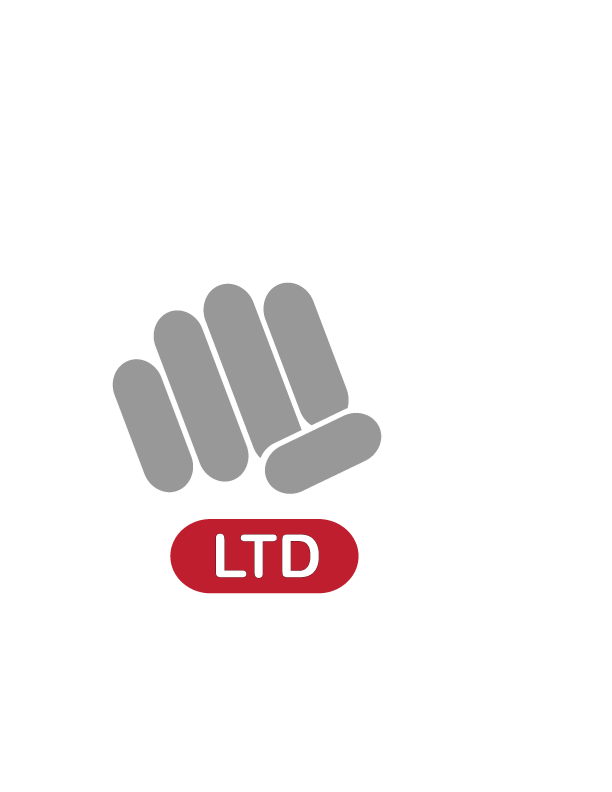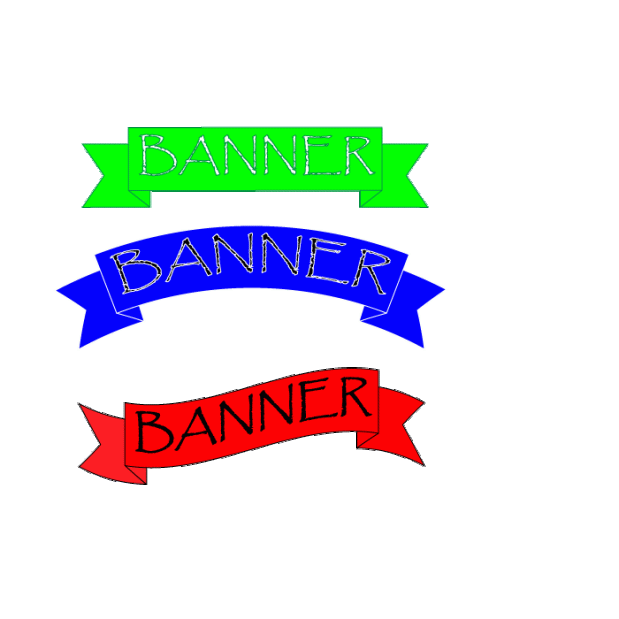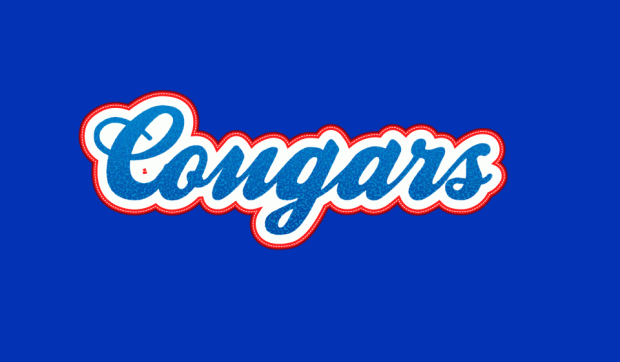This week’s project was easier for me than the graphic work we’ve done previously – probably because I tell stories all the time. So coming up with the story of our community and the challenges it’s facing with redistributing our kids and changing our school system wasn’t hard. Determining how to do it was a bit more challenging.
I knew I liked the format of All Things Considered from National Public Radio. I’ve written enough scripts for radio that I knew I could do most of the voice work myself. To begin, I wrote out the elements I thought I’d like to include: an interview, sound B roll under my voice as I explained things and perhaps music. I tried to think of it as a movie with no picture, if that makes any sense.
While working on the script and story line for this piece I knew I wanted two sounds that people could identify with no matter where they live which would give them both an idea of our community and link into the basis for the story all about changes in the school district: the sound of waves lapping against the shore and children playing at school recess. Using those I could set the tone of the story and paint a mental image to go with what was being said.
For the wave sound used in the introduction and exit, I took my iphone, with the Voice Record Pro app on it (purchased for $2.99) and went to one of the nearby parks in town located on the water’s edge and took about a 1 minute recording then emailed the recording to myself to be able to download it into Audition. Since school has been out for the summer for two weeks now, I knew it would be difficult to get the sounds of children playing on the school ground and I knew taping it at any of our local parks would leave me open to extra ambient noises since most of our parks are near waterways, roads or construction zones for the time being. I relied instead on a recording called Kids playing on school-years by Caquet found at freesound.org
I also interviewed a member of the community committee that had worked on determining how our schools would change. Specifically I picked out what that I knew well enough to know she had public speaking skills, so the interview wouldn’t be full of ums, ahs and other assorted sounds that would have to be cut out to make the interview sound clean. I also knew she had just had a sixth grader “graduate” from our school, so she was a prime person to look at things from the prospective of a parent who’s child is going to be directly impacted by the shift in our system in the next two years which would give her authenticity when talking about what concerned parents of kids moving into a middle school model. I wanted this to be an educational piece , not just about education as a subject, but actually educating listeners on how middle schools were different and why our community chose this change. The original interview went slightly over nine minutes in length.
Once I had my different elements recorded on my phone or located on the Freesound.org site I pulled them into Audition. The commentary recordings I did were cut into the most pieces and stitched together based on how much time I needed to cut to get the interview bits I wanted to fit in the allotted time frame for the overall piece. I also began to slice out snippets of the interview I thought would work and placed my commentary, her interview, and the background sounds all into separate tracks in a multi-track view. From there I listened to the interview and sliced it according to natural breaks in her speech patterns so I could use the pieces I needed to still get the story across and come in under the time required. I did the same for my commentary. Then using the fade tool, I adjusted the background sounds of the waves and children playing and adjusted their volume levels to make them fit around the commentary and interview like bookends, bringing the story around full circle in sound. I deliberately transitioned the sounds from the waves to the school children at the point where I stop talking about the community and start talking specifically about the schools. I also faded out the background sounds once we get to the interview, partially because I had to kick up her vocals more since my phone was further away from her than me and recording her voice more faintly. I didn’t want background sound to compete with what she had to say.
I listened to the tracks multiple times with my eyes closed just to focus in on the audio more clearly. I’ve included all the clips that went into the piece, the last track is the finished draft. Listen and let me know what you think.
